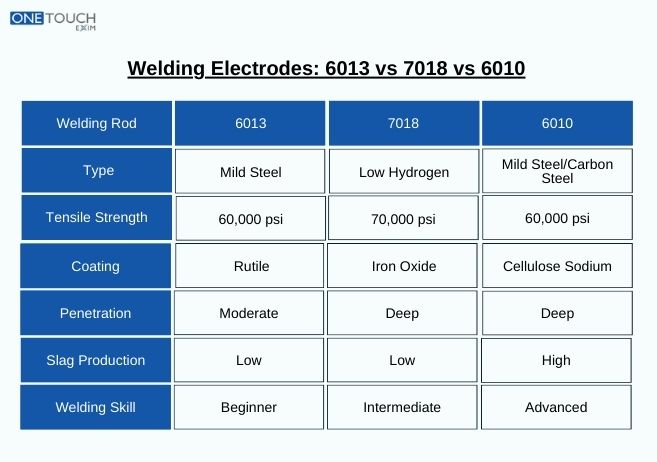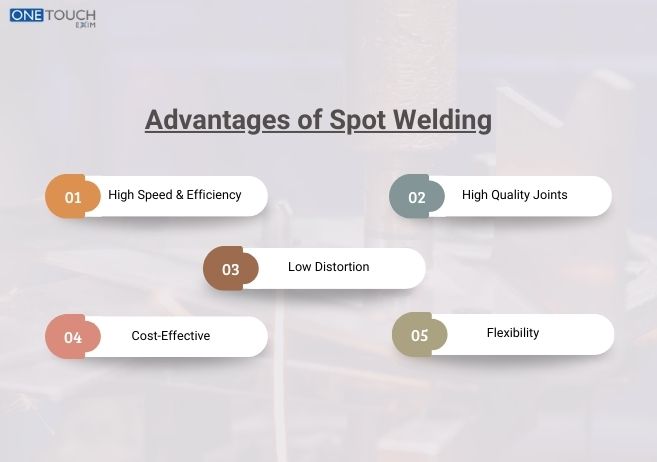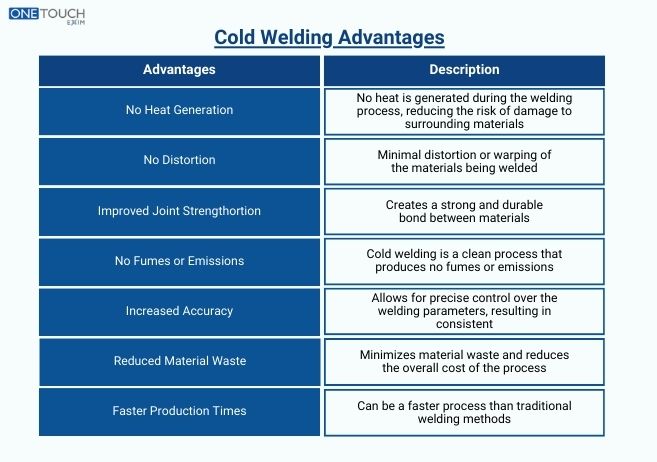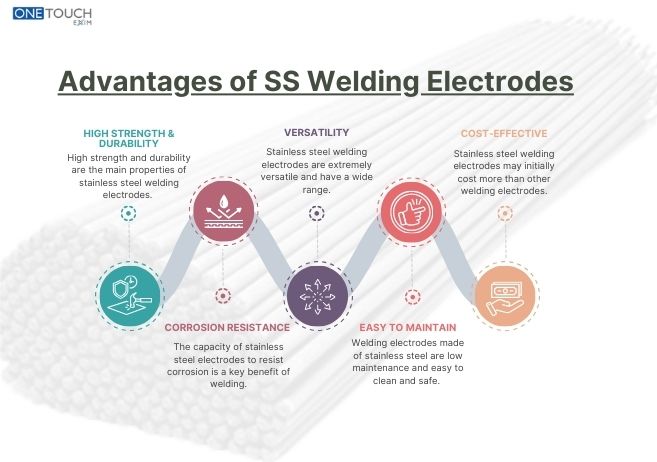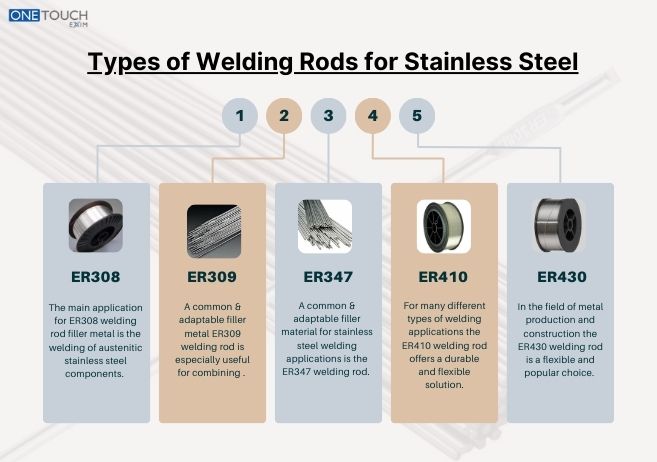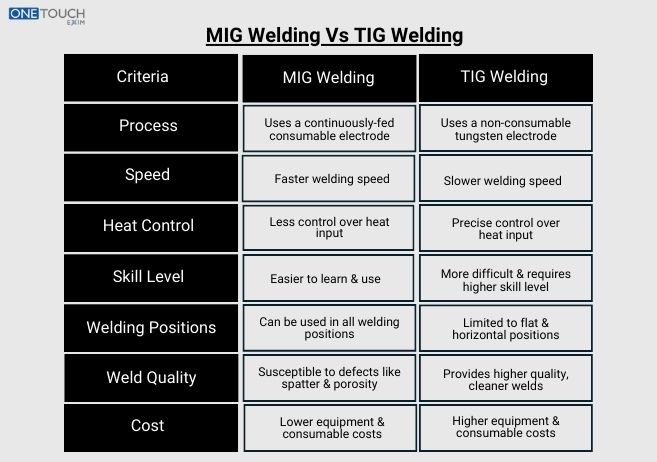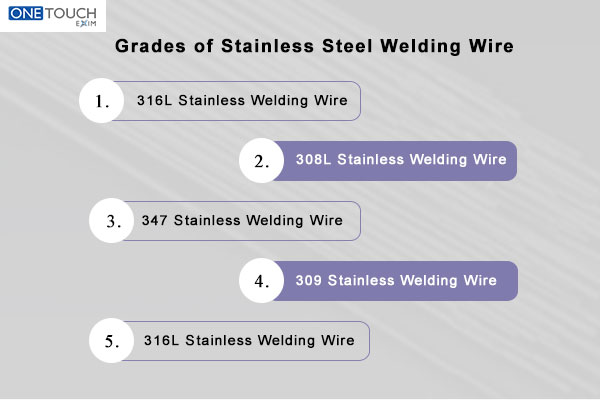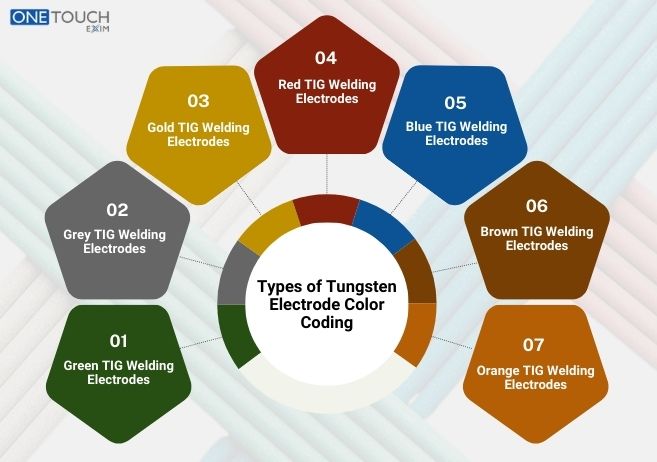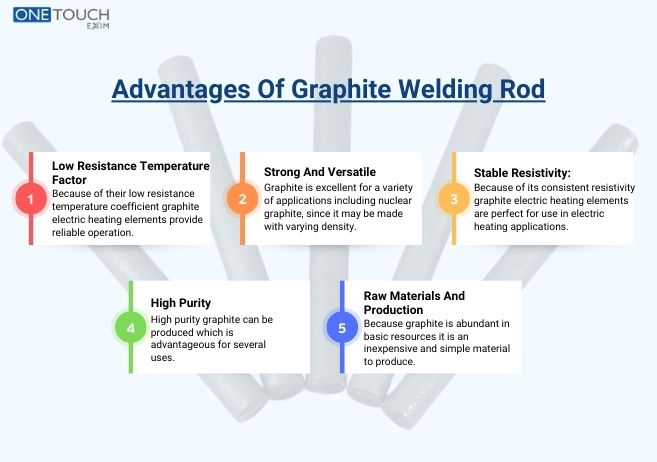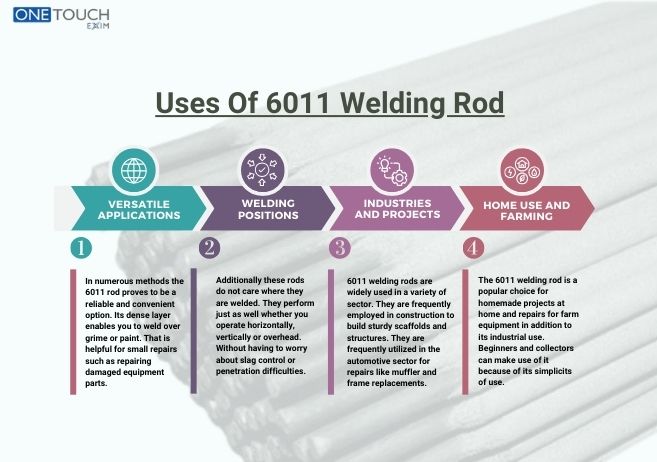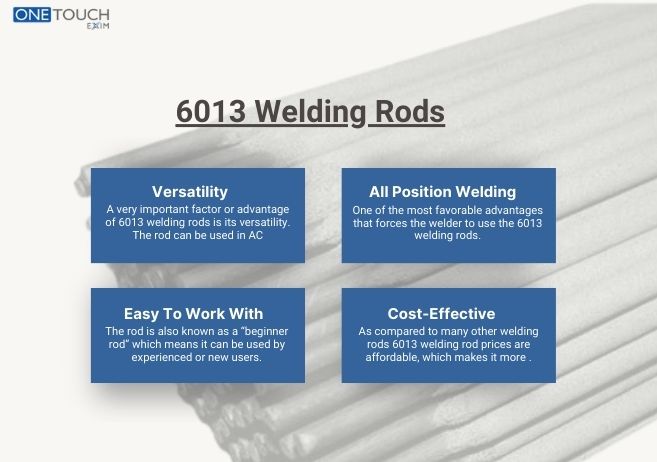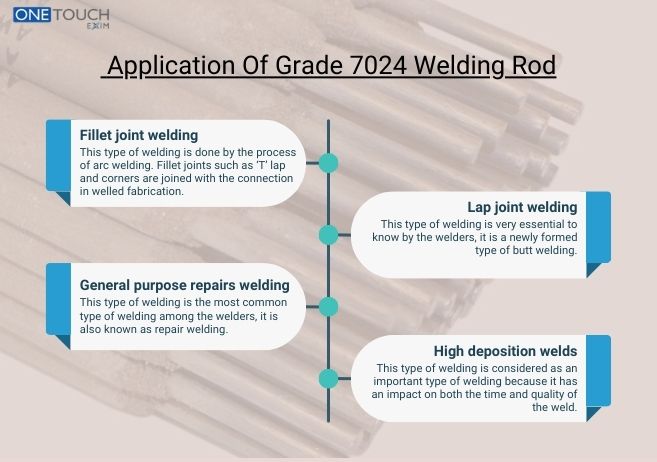Welding Rods play a very important role in several welding processes. Commonly used Rods include 6013, 7018, and 6010. Of these Rods, each one has its applications and characteristics, which means welders must understand the differences that exist between them to make an effective choice for their welding requirements. The following blog is going to compare and contrast three famous welding Rods – 6013, 7018, and 6010, based on their respective features, advantages, and disadvantages.
Comparison Between 6013 vs 7018 vs 6010
| Welding Rod | 6013 | 7018 | 6010 |
| Type | Mild Steel | Low Hydrogen | Mild Steel/Carbon Steel |
| Tensile Strength | 60,000 psi | 70,000 psi | 60,000 psi |
| Position | All Positions | Flat, Horizontal, Vertical | All Positions |
| Coating | Rutile | Iron Oxide | Cellulose Sodium |
| Penetration | Moderate | Deep | Deep |
| Slag Production | Low | Low | High |
| Welding Skill | Beginner | Intermediate | Advanced |
| Applications | General purpose welding | Structural welding, heavy-duty welding | Pipe welding, high-speed welding |
6013 Welding Rod:
The 6013 welding rod is one of the most common types of rod used within the welding industry. Designed for welding mild steel, the 6013 welding rod is known for being easy to use and highly versatile. One of its signature characteristics is its ability to produce smooth and clean welds with minimal spatter. This makes it ideal for 6013 welding rod uses in applications where it is important, such as automotive repair or sheet metal fabrication. Its excellent finish, combined with good penetration, ensures strong, durable welds, even on thin materials.
Advantages of 6013 Welding Rod:
- Easy to use, making it suitable for beginners and experienced welders alike.
- Produces clean, smooth welds with minimal spatter.
- Works well on thin metal sheets.
- Good for welding in all positions.
Disadvantages of 6013 Welding Rod:
- Not suitable for heavy duty welding applications.
- Limited penetration compared to other Rod.
- Not recommended for welding dirty or rusty materials.
7018 Welding Rod:
7018 welding rod meaning is that they are known for their high tensile strength and excellent weld quality. These 7018 welding rod are designed for welding high-strength steels and are commonly used in structural welding applications, such as construction and fabrication. One of the key advantages of the 7018 Rod is its ability to produce strong and durable welds that exhibit good crack resistance and ductility.
Advantages of 7018 Welding Rod:
- High tensile strength and excellent weld quality.
- Ideal for welding high-strength steels.
- Good crack resistance and ductility.
- Suitable for both flat and vertical welding positions.
Disadvantages of 7018 Welding Rod:
- Requires higher amperage and more skill to use effectively.
- Not recommended for thin metal sheets.
- May produce more spatter compared to other Rod.
6010 Welding Rod:
6010 welding Rod have been produced for welding in difficult conditions such as on dirty or rusty materials. These Rods have a high cellulose sodium coating that provides a deep penetrating weld with great arc stability and minimum slag. The most familiar application is in pipeline welding and anywhere the application requires deep penetration.
Advantages of 6010 Welding Rod:
- Ideal for welding in challenging environments.
- Excellent penetration and arc stability.
- Good for root passes and welding in tight spaces.
- Can weld through rust, paint, and dirt.
Disadvantages of 6010 Welding Rod:
- Requires a higher skill level to use effectively.
- Not suitable for welding thin metals.
- More difficult to control compared to other Rod.
- May produce more arc blow.
Conclusion:
In conclusion, each of the welding Rod – 6013, 7018, and 6010 – has its own unique characteristics and applications. While the 6013 Rod is known for its ease of use and clean welds, the 7018 Rod offers high tensile strength and excellent weld quality, and the 6010 Rod excels in deep penetration and challenging welding environments. Understanding the differences between these Rod and their advantages and disadvantages is essential for welders to choose the right Rod for their specific welding needs. Experimenting with each type and gaining practical experience is key to mastering the art of welding with these Rod.
